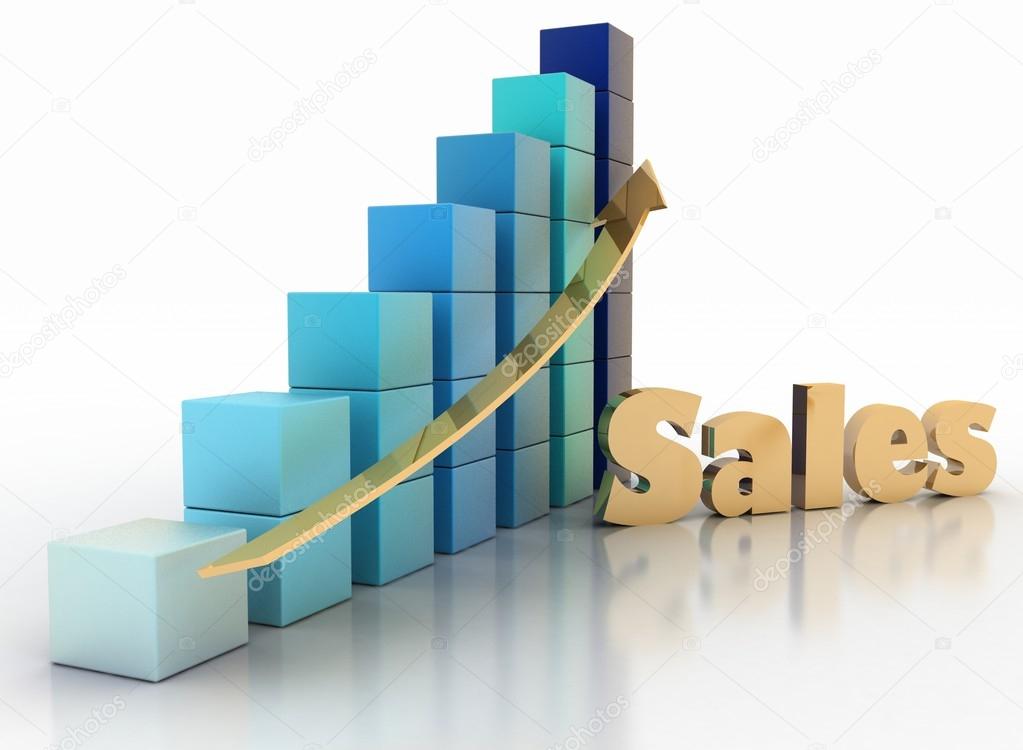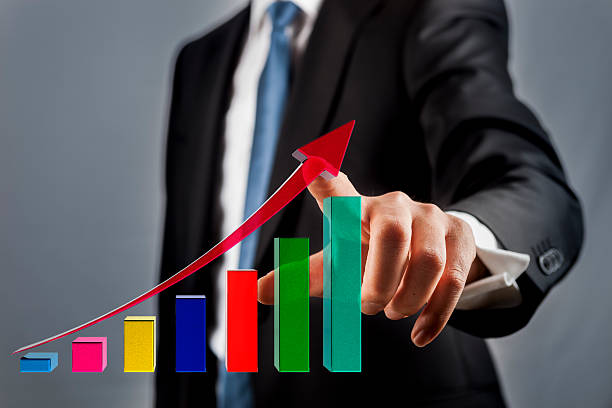Retail sales rise 0.7% in July from June as inflation continues to ease

Retail sales rise 0.7% in July from June as inflation continues to ease
In July, the United States experienced a positive trend in consumer spending, which was attributed to a combination of factors, including a decline in inflation rates and a strong job market. The Commerce Department’s report, released on a Tuesday, shed light on this encouraging development.
The report indicated that retail sales in July increased by a noteworthy 0.7% when compared to the previous month. This growth exceeded the initial expectations and served as a positive indicator of consumer sentiment and economic activity. The upswing in sales followed a revised 0.3% increase recorded in June, which highlighted a trend of ongoing consumer spending.

A contributing factor to this growth was the reduction in inflation, making consumer goods more affordable and encouraging spending. Additionally, the favorable job market conditions, including a healthy level of employment opportunities, contributed to consumers’ confidence in making purchases.
The retail sales data for July indeed serves as a testament to the resilience of the US economy in the face of challenges such as inflation and interest rate fluctuations. It underscores the continued strength of consumer spending as a driving force behind economic activity.
Despite the persistent challenges posed by factors like inflation and interest rate considerations, consumers have demonstrated their willingness to spend. This reflects their confidence in the economy and their ability to make purchases, even in the midst of uncertain economic conditions.
Furthermore, the sustained growth in retail sales over the past months is indicative of a gradual recovery from the disruptions caused by the global pandemic. The pandemic brought about unprecedented challenges to economies worldwide, causing disruptions in various sectors and altering consumer behavior. The consistent growth in retail sales can be seen as a sign of adaptation and recovery as individuals and businesses adjust to the new normal.

The retail sales data also offers valuable insights into the trajectory of economic recovery in the United States. It provides a tangible measure of consumer sentiment, economic resilience, and overall market conditions. The consistent growth in consumer spending suggests a positive outlook for the broader economic recovery in the country, highlighting the potential for continued expansion and improvement in various sectors.
In summary, the July retail sales data serves as a noteworthy indicator of the US economy’s ability to navigate challenges and recover from disruptions. It underscores the importance of consumer spending and its role in driving economic activity, while offering optimism for the ongoing recovery process.
When accounting for automobile and gasoline sales, which can be more volatile, the numbers remained positive. Excluding these factors, sales displayed a robust 1% increase, indicating a strong uptick in consumer spending across a variety of retail categories.
The favorable trend in retail sales can be attributed to the easing of inflation pressures on essential items like eggs and electronics, coupled with the ongoing strength in the job market. This data provides insight into the current state of the US economy and its trajectory in terms of consumer activity and economic recovery.
A variety of retail outlets experienced increases in sales during this period. Department stores saw a 0.9% increase, while clothing and accessories stores reported a 1% gain. Restaurants witnessed a 1.4% rise in sales, while online sales surged by 1.9%. However, certain sectors such as furniture and home furnishings stores, as well as electronics stores, continued to face challenges and experienced declines in sales.
This upswing in retail sales showcases the resilience of the economy, even amid a still challenging economic environment characterized by persistent high prices and elevated interest rates. Despite these obstacles, consumers continue to spend, though fluctuations in spending have been notable throughout the year. After a substantial surge of nearly 3% in January, sales faced a decline in February and March, only to recover in the subsequent months of April and May.
Indeed, the volatility observed in consumer spending throughout this year highlights the intricate interaction of diverse economic variables. These factors encompass aspects such as inflation rates and interest rates, which exert a profound influence on consumer behavior and subsequently shape trends within the retail sector. The fluctuations in consumer spending offer crucial insights that extend beyond immediate transactional activity, providing a window into consumer sentiment, prevailing market conditions, and the overall economic panorama.
Consumer spending is a complex amalgamation of multiple elements, including personal financial conditions, perceptions of future economic stability, and considerations related to costs and affordability. Inflation, which represents the general rise in prices, can affect consumers’ purchasing power, as goods and services become more expensive. Likewise, interest rates play a pivotal role, influencing borrowing costs for consumers and impacting decisions regarding credit card usage, loans, and mortgages.
The ebb and flow of consumer spending can be viewed as an economic barometer, capturing the collective response of individuals to changing circumstances. When consumer spending fluctuates, it often reflects shifts in confidence levels. During times of economic uncertainty, consumers may tighten their belts and curtail spending, leading to contractions in retail sales. Conversely, periods of relative stability or optimism can prompt increased spending, contributing to retail growth.
By closely observing these fluctuations, analysts can glean valuable insights into consumer sentiment. Rising spending might indicate that consumers are optimistic about their financial prospects and confident in the economy’s direction. On the contrary, declining spending may suggest concerns about economic uncertainties or unfavorable conditions.
Additionally, retail trends also offer indications of broader market conditions. Consumer spending patterns can shed light on sectors experiencing growth or decline, aiding businesses in adjusting their strategies accordingly. Moreover, understanding these fluctuations can provide a holistic view of economic dynamics, aiding policymakers in formulating strategies to stimulate growth or mitigate downturns.
In summary, the volatility in consumer spending is a dynamic reflection of the intricate interplay between economic factors and individual behaviors. These fluctuations serve as a valuable lens through which to understand consumer sentiment, market conditions, and the broader economic landscape, contributing to informed decision-making across various sectors of the economy.





